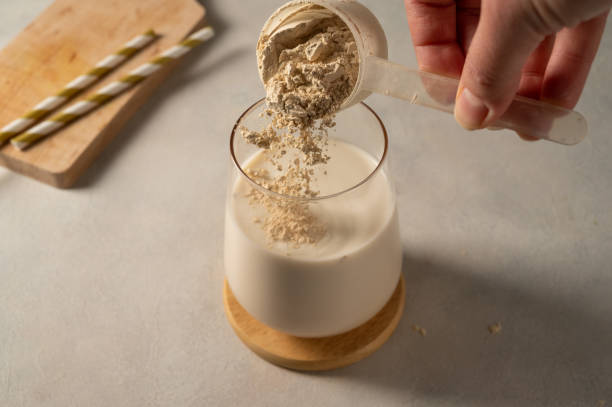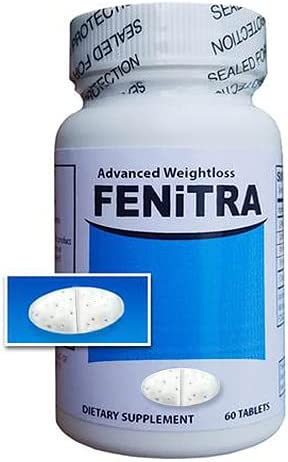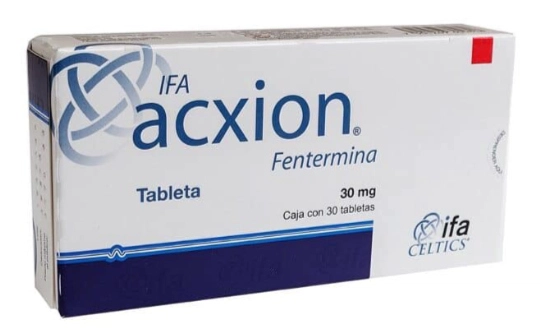Low Calorie Bars: 4 Delicious Way to Snack Smart
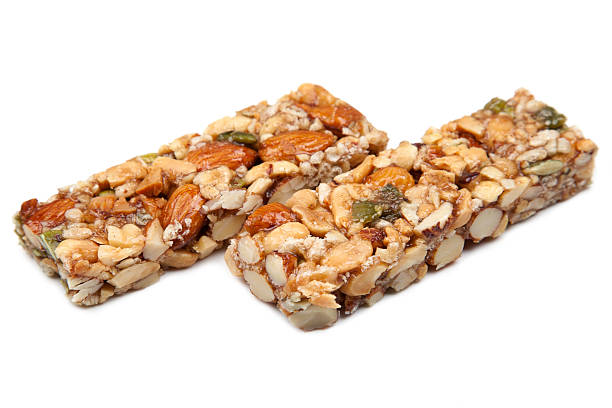
Snacking on the go has become normal in today’s hectic lifestyle. However, with so many alternatives available, it’s easy for us to snack and take more calories than we realize. That’s where low calorie bars come in—the ideal option for individuals looking to snack wisely without sacrificing taste or nutrients.
Why Choose Low Calorie Bars?
Low calorie bars are created for individuals who want to eat a tasty snack without feeling guilty about the extra calories. These bars are an excellent pick for anyone looking to reduce weight, manage their calorie intake, or simply find an easy snack for their long day.
The Rise in Popularity of Low Calorie Snacks
A desire for healthy, low-calorie snacks has increased in recent years as more individuals become more mindful of their eating habits. Low-calorie bars have grown popular due to their popularity, taste, and ability to cope with weight management goals.
Benefits of Low Calorie Bars
Weight Management and Calorie Control
One of the primary benefits of low calorie bars is that they help with portion control. Many of these bars range from 100 to 200 calories, making them an excellent choice for those who want to stay within their daily calorie limit without feeling deprived.
Convenience and On-the-Go Snacking
For those who are on the go, low-calorie bars are a convenient and portable solution. Whether you’re going to the gym, commuting to work or doing tasks, you can quickly pack a bar and have a nutritious snack on available when you’re starving.
Nutrient Density in a Small Package
Low-calorie bars contain not just fewer calories but also vital components such as protein, fiber, vitamins, and minerals. This makes them a better option than sweet snacks or empty-calorie treats.
Types of Low Calorie Bars
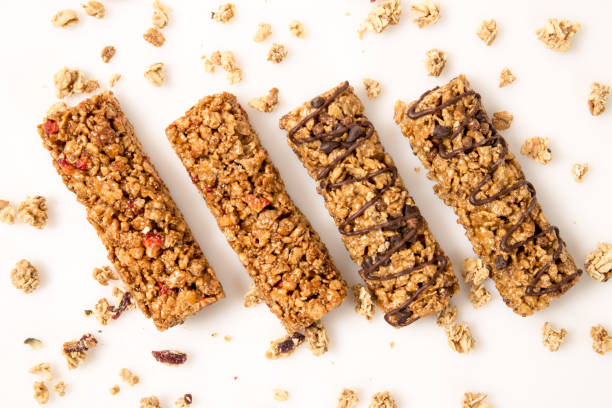
There are numerous low-calorie bars on the market, each designed to satisfy specific dietary requirements and personal tastes. Here are a few common types:
Protein Bars for Muscle Building
Protein bars are an ideal choice for anyone trying to gain muscle or maintain muscle mass. These bars are typically higher in protein, making them an excellent post-workout snacks or meal alternatives.
Fiber Bars for Digestive Health
Fiber-rich low-calorie bars are great for improving digestion and promoting gut health. These bars often contain ingredients like oats, flaxseeds, or chia seeds, which help support a healthy digestive system.
Energy Bars for Active Lifestyles
If you lead a physically active life, energy bars provide the right balance of carbohydrates and fats to fuel your body without overloading you with calories. These bars help keep your energy levels steady throughout the day.
Ingredients to Look for in Low Calorie Bars
When choosing a low-calorie bar, it’s essential to pay attention to the ingredients. Not all bars are created equal, and some might contain hidden sugars or artificial additives.
High-Quality Protein Sources
Look for bars that contain high-quality protein sources like whey protein, pea protein, or egg whites. These proteins are easily digestible and support muscle repair and growth.
Healthy Fats and Carbs
Opt for bars that contain healthy fats from nuts, seeds, or coconut oil, and complex carbohydrates like oats, quinoa, or sweet potatoes. These ingredients provide sustained energy without causing blood sugar spikes.
Natural Sweeteners vs. Artificial Sugars
Whenever possible, choose bars sweetened with natural ingredients like dates, honey, or stevia. Avoid bars with excessive amounts of artificial sweeteners, which can lead to cravings or digestive discomfort.
Top 10 Best Low Calorie Bars to Try

There are numerous low calorie bars available in stores and online. Here are 10 highly recommended options:
RXBAR: A clean, simple ingredients list with a high protein content.
KIND Bars: Known for their whole nuts and natural sweeteners.
Quest Bars: Low in sugar but high in protein and fiber.
LÄRABAR: Made with only a few natural ingredients, perfect for clean eaters.
Clif Bar Minis: A smaller version of the popular Clif Bars, with fewer calories.
ThinkThin Bars are Low calorie, high-protein, and great for weight loss.
Fiber One Bars: Rich in fiber to promote digestive health.
ONE Bars: High in protein but low in sugar, great for post-workout.
ALOHA Bars are Plant-based, organic, and vegan-friendly.
Pure Protein Bars – Low calorie and great for muscle recovery.
Homemade Low Calorie Bar Recipes
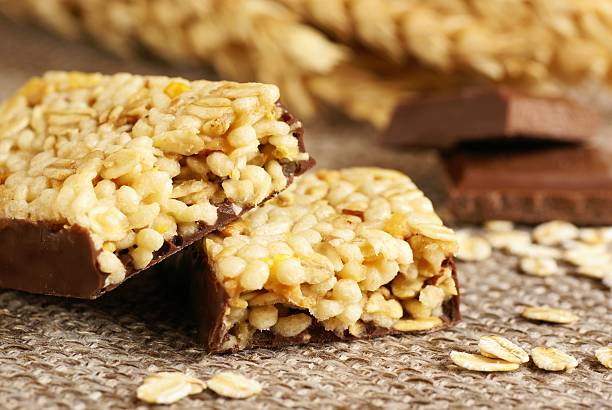
If you prefer a DIY approach, making your own low-calorie bars at home can be both fun and cost-effective. Here are two easy recipes to try:
Recipe 1: Chocolate Almond Protein Bar
Ingredients:
1 cup rolled oats
1/4 cup almond butter
2 tbsp unsweetened cocoa powder
1/4 cup protein powder
1/4 cup honey
2 tbsp almond milk
Instructions:
Mix all ingredients in a bowl.
Press the mixture into a lined baking tray.
Refrigerate for 1-2 hours before cutting into bars.
Recipe 2: Oatmeal Raisin Fiber Bar
Ingredients:
1 cup rolled oats
1/4 cup raisins
1 tbsp flaxseeds
2 tbsp almond butter
2 tablespoons honey
Instructions:
Mix oats, raisins, and flaxseeds in a bowl.
In a separate bowl, melt the almond butter and honey together.
Combine both mixtures and press into a tray.
Refrigerate and slice into bars after setting.
How to Choose the Best Low Calorie Bar for Your Needs
Reading the Nutrition Label
Always check the nutrition label to ensure that your bar is truly low-calorie and contains no hidden sugars or unhealthy fats. Look for bars with fewer than 200 calories and at least 5 grams of protein or fiber.
What to Avoid in Low Calorie Bars
Steer clear of bars with high amounts of added sugars, artificial preservatives, or hydrogenated oils. These ingredients can negate the health benefits and make the bars less nutritious.
Best Options for Specific Dietary Preferences (Vegan, Gluten-Free, etc.)
Many low-calorie bars cater to specific dietary needs, such as vegan, gluten-free, or keto-friendly options. Make sure to choose bars that align with your dietary preferences.
How to Incorporate Low Calorie Bars Into Your Diet
Pre-Workout Snack
Low-calorie bars are perfect for a light pre-workout snack, providing a quick energy boost without making you feel heavy.
Mid-Morning Energy Boost
For those mid-morning hunger pangs, a low-calorie bar is a convenient snack to keep you going until lunchtime.
Evening Snack for Cravings
If you find yourself craving something sweet in the evening, reach for a low-calorie bar instead of sugary snacks. It’ll satisfy your cravings without the extra calories.
Potential Drawbacks of Low Calorie Bars
Hidden Sugars and Additives
Be cautious of low-calorie bars that contain hidden sugars or artificial ingredients. While the calorie count may be low, these additives can lead to other health concerns.
Not a Substitute for Whole Foods
While convenient, low-calorie bars should not replace whole foods like fruits, vegetables, and whole grains in your diet. They are best used as an occasional snack rather than a staple food.
Conclusion
Low calorie bars are an excellent option for anyone looking to maintain a healthy diet without sacrificing taste or convenience. Whether you’re aiming to lose weight, manage your calorie intake, or find a quick and nutritious snack, these bars can fit into your routine effortlessly. However, it’s important to choose wisely by reading ingredient labels and opting for bars made with whole, natural ingredients. While they offer a convenient solution for on-the-go snacking, remember that they should complement a balanced diet filled with whole foods like fruits, vegetables, and lean proteins.
By selecting the right low calorie bars, you can enjoy a tasty, satisfying snack that aligns with your health goals, whether you’re working out, curbing hunger between meals, or simply satisfying a craving.


